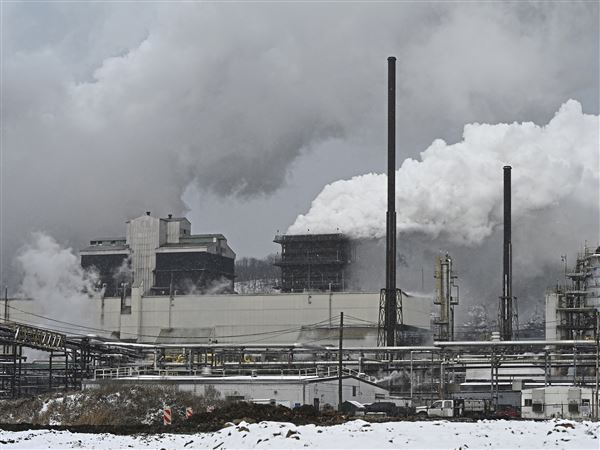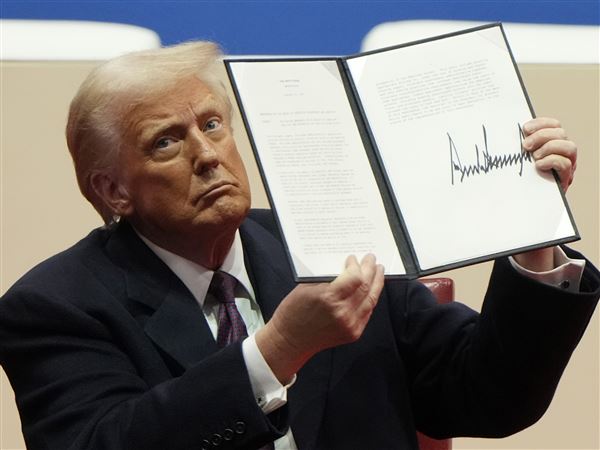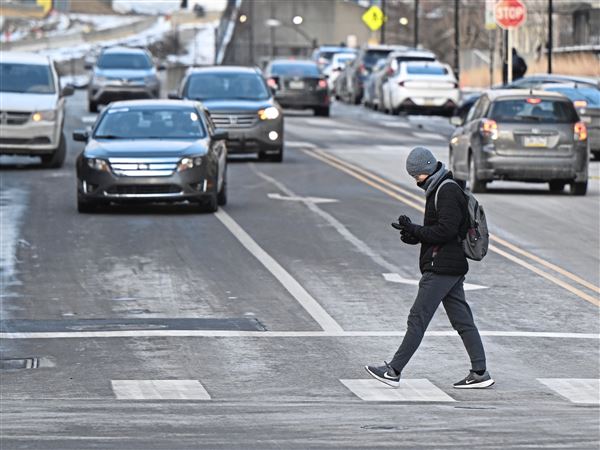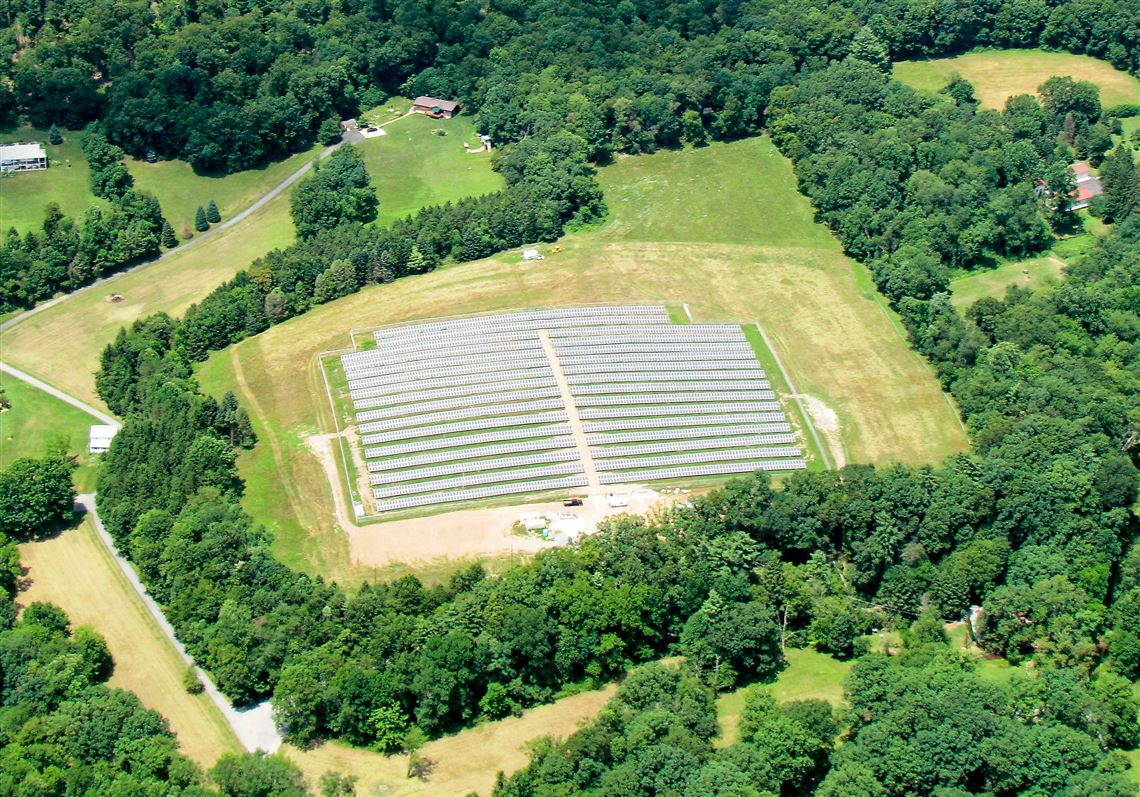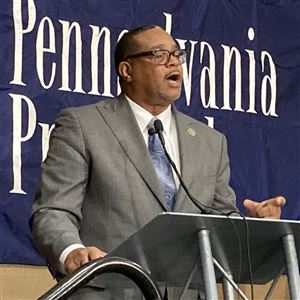When is a higher electric rate a good thing for consumers? Turns out, when consumers with solar panels can sell excess power back to their utility.
A state judge this month backed a Dauphin County solar farm seeking to be paid a new electric rate that ticks higher when power is most in demand.
Clashing with the Public Utility Commission and retail electric suppliers, the Commonwealth Court told PPL Electric Utilities Corp. it is legally responsible to offer the facility the specialrate outlined by Pennsylvania’s 2008 alternative energy law.
In a ruling Sept. 9, a three-judge appellate court panel overturned a settlement between the PUC and PPL that allowed the utility to shift to competitive suppliers the burden of compensating solar customers for producing their own power.
The decision comes amid a broader struggle statewide over how electric utilities should manage net metering. Net metering is a way for customers who produce more power than they consume, from solar panels and the like, to receive payment from the utility at the full retail rate for that excess energy flowing onto the grid.
As more customers have installed solar, utilities have argued net metering effectively penalizes non-solar customers with higher rates to subsidize customers with panels on their roof.
In Pennsylvania and other states, the delivery of power falls solely under the utility’s responsibility, while a competitive market of supply companies has emerged to market and sell electric generation. As of August, suppliers provide competitive generation rates to more than 2 million Pennsylvania customers.
One of the central disputes surrounding PPL, which serves 1.4 million electric customers throughout central and eastern swaths of the state, is whether it should offer solar customers a special rate intended to shift power consumption to off-peak hours and make the grid more reliable.
A so-called “time-of-use” rate adjusts during peak hours during which the utility sees power most in-demand — say, from 4 p.m. to 6 p.m. on weekdays. The rate would be lower at other times, such as during nights and during the work day.
Electric utilities in Pennsylvania were mandated to test time-of-use rates with all customers under Act 129, passed in 2008 to push utilities to increase efficiency and enhance energy conservation.
Both PPL and the commission balked when a 2-megawatt solar farm used by the Dauphin County Industrial Development Authority came online. The county authority invested $11 million to develop the 5-acre facility, according to court documents.
The facility is designed to provide at least 40 percent of the county’s electricity, Executive Director August Memmi said. But because it’s a mile or two away from those buildings, the majority of the output feeds the surrounding grid — and it does so mostly at peak hours.
When the first phase of the solar farm came online in October 2011, county officials elected to receive a fixed rate of 8.441 cents for kilowatt-hour. When the farm was completed in 2013, officials wanted the time-of-use rate of 13.736 cents, according to court documents.
Ultimately, PPL decided to exclude customers who owned their own generators from its time-of-use rate offer — which the PUC approved — and told the development authority to negotiate such rates with electric suppliers.
In its approval of PPL’s plan, the PUC said it was interpreting Act 129 mandates as applying to an individual customer’s consumption of power, not a customer-owned generator’s production of power.
The development authority cried foul. In this month’s opinion written by Judge Mary Hannah Leavitt, the court agreed that PPL was improperly shifting the burden of compensating solar customers to electric suppliers.
“The legislature knows the difference between a [utility] and an electric generation supplier. Its decision to place the onus on [utilities] was neither accidental nor arbitrary,” Judge Leavitt wrote. She added that if the requirement to purchase excess power from solar customers is straining rates for others, “then it is for the legislature to address that problem.”
Spokesmen for the Public Utility Commission and PPL both said they were reviewing the ruling. The case could be appealed to the state Supreme Court or taken up again by the commission.
Separately, the commission last Thursday voted to reconsider a challenge from Dauphin County on how time-of-use rates are calculated.
Electric suppliers supported the PUC settlement with PPL that the court invalidated. Suppliers are working to offer time-of-use rates for customers who want them, said Ritchie Hudson, Pennsylvania chairman for the Retail Energy Supply Association.
“Time-of-use rates and other innovative pricing structures are best left to the competitive market where willing buyers and sellers can properly negotiate the appropriate rate,” Mr. Hudson said.
Daniel Moore: dmoore@post-gazette.com, 412-263-2743 and Twitter @PGdanielmoore.
First Published: September 22, 2015, 4:30 a.m.

